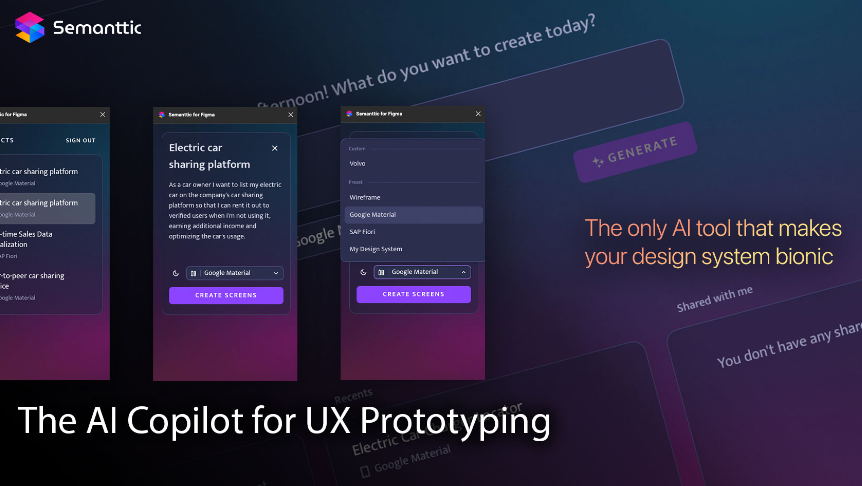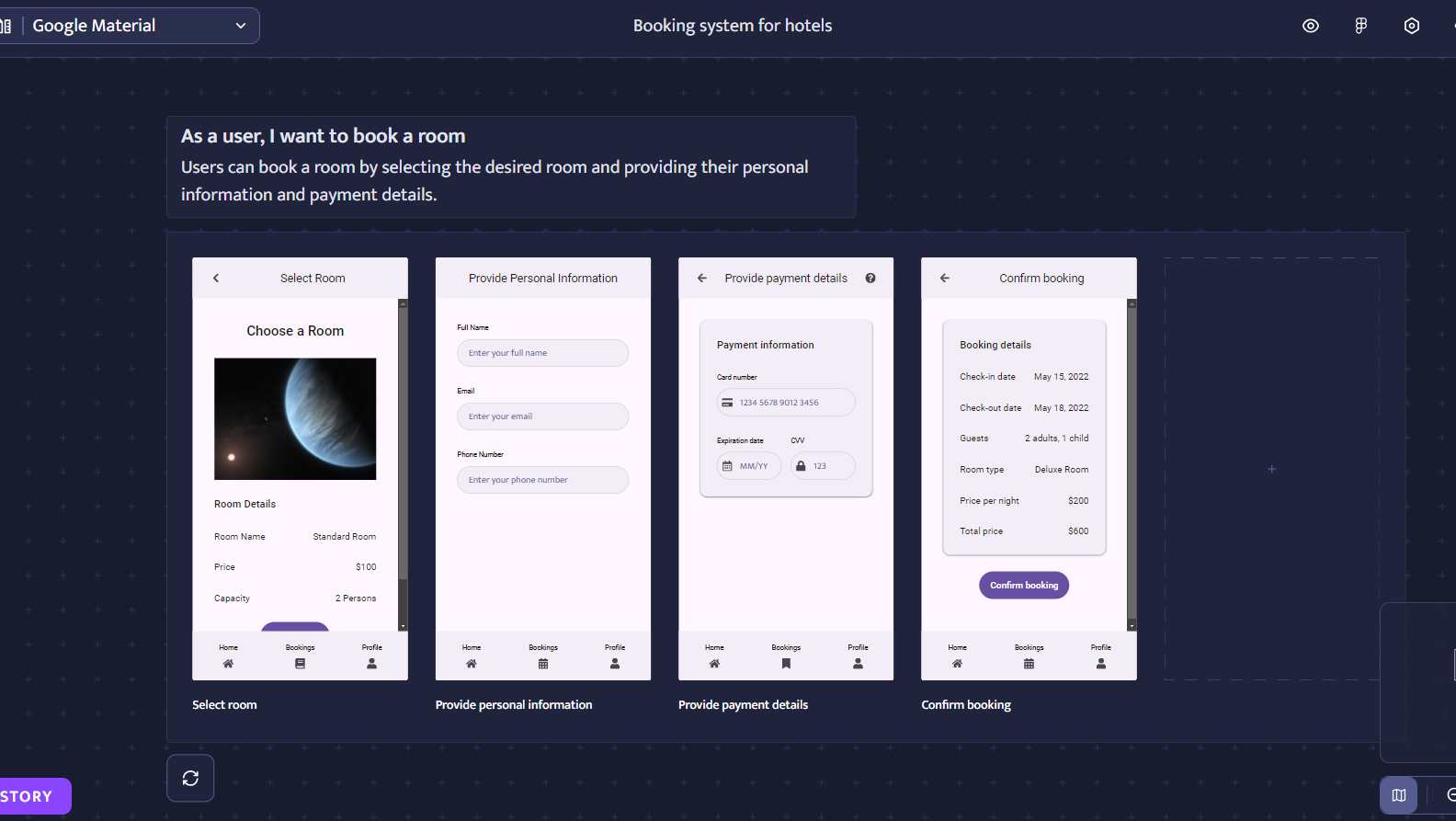Summary
The Road Traffic Analysis Project for Sigma Technology Embedded Network aimed to identify the key information needs and requirements of the municipality's stakeholders to enable effective traffic analysis. The focus was on understanding the updated and relevant data required for long-term traffic analysis and planning. The ultimate goal is to present this information visually to support decision-making and improve traffic management within the municipality.
The Road Traffic Analysis Project for Sigma Technology Embedded Network aimed to identify the key information needs and requirements of the municipality's stakeholders to enable effective traffic analysis. The focus was on understanding the updated and relevant data required for long-term traffic analysis and planning. The ultimate goal is to present this information visually to support decision-making and improve traffic management within the municipality.
Results
As part of the project initiation, I conducted interviews with municipal representatives to understand their needs for road traffic data. Using these insights, I created a report, developed user personas, and designed a low-fidelity wireframe. These serve as initial design prototypes to address the identified needs and provide a foundation for further development of a user-friendly tool.
As part of the project initiation, I conducted interviews with municipal representatives to understand their needs for road traffic data. Using these insights, I created a report, developed user personas, and designed a low-fidelity wireframe. These serve as initial design prototypes to address the identified needs and provide a foundation for further development of a user-friendly tool.
Insights
Further research is required to explore the specific needs of different municipalities regarding traffic data. Understanding how this data is used and consumed, and identifying the most effective ways to visualize it, will ensure that the traffic analysis data from Sigma is both clear and accessible to its users.
Further research is required to explore the specific needs of different municipalities regarding traffic data. Understanding how this data is used and consumed, and identifying the most effective ways to visualize it, will ensure that the traffic analysis data from Sigma is both clear and accessible to its users.
Tools used
Google Forms| Figjam| Teams meeting | Balsamiq |
Google Forms| Figjam| Teams meeting | Balsamiq |
My work
Research | Benchmarking | Interviews with stakeholders | Sketching | Creating Personas | Prototyping | Creating a report |
Research | Benchmarking | Interviews with stakeholders | Sketching | Creating Personas | Prototyping | Creating a report |
Background
Sigma Technology Embedded Network has initiated a collaboration with several municipalities to offer road traffic analysis data. This is achieved through the use of camera and sensor equipment in collaboration with Axis Communications. Through this partnership, detailed information about road traffic can be obtained, including the number of vehicles, types of vehicles, travel directions, weight classes, times of day, and much more.
Sigma Technology Embedded Network has initiated a collaboration with several municipalities to offer road traffic analysis data. This is achieved through the use of camera and sensor equipment in collaboration with Axis Communications. Through this partnership, detailed information about road traffic can be obtained, including the number of vehicles, types of vehicles, travel directions, weight classes, times of day, and much more.
Problem statement
Sigma faces the challenge to understand which essential road traffic analyses these municipalities need and why, how this data is consumed and by which users, what their needs and obstacles are, and how the information should be presented in the most understandable and user-friendly way.
Sigma faces the challenge to understand which essential road traffic analyses these municipalities need and why, how this data is consumed and by which users, what their needs and obstacles are, and how the information should be presented in the most understandable and user-friendly way.
Solution
Ongoing research is needed to understand stakeholders regarding traffic analysis, what type of essential traffic analysis data is important to them, and how it should be presented.
Ongoing research is needed to understand stakeholders regarding traffic analysis, what type of essential traffic analysis data is important to them, and how it should be presented.
RESEARCH
Benchmarking phase
Compared traffic analysis methods from various authorities, focusing on data accuracy and presentation techniques.
We also examined practices from private sector entities for additional insights.
Compared traffic analysis methods from various authorities, focusing on data accuracy and presentation techniques.
We also examined practices from private sector entities for additional insights.
Mapping out traffic data needs
Identified and outlined the specific data requirements for the project.
Identified and outlined the specific data requirements for the project.
Hypothesis development
Formulated key hypotheses based on initial research and stakeholder needs.
Formulated key hypotheses based on initial research and stakeholder needs.
Best practices for traffic analysis
Defined and incorporated industry best practices to ensure the effectiveness of the analysis methods.
Defined and incorporated industry best practices to ensure the effectiveness of the analysis methods.
Stakeholder interviews and insights
Conducted interviews with municipal representatives to gather key insights and understand their data needs.
Conducted interviews with municipal representatives to gather key insights and understand their data needs.
Primary Goals
Reduce car parking and increase cycling.
Develop safe traffic flows, especially for school children and at pedestrian crossings.
Contribute to long-term climate goals and improve safety.
Reduce car parking and increase cycling.
Develop safe traffic flows, especially for school children and at pedestrian crossings.
Contribute to long-term climate goals and improve safety.
Key Questions
How traffic data should be presented to be easily understandable and usable.
Integration of traffic data into existing systems like Origos (an open-source mapping system).
The need for both dashboard and map integration for visualization.
Collaboration with other entities like Trafikverket and Skånetrafiken for more accurate and comprehensive traffic data.
Preferences and Future Development
How traffic data should be presented to be easily understandable and usable.
Integration of traffic data into existing systems like Origos (an open-source mapping system).
The need for both dashboard and map integration for visualization.
Collaboration with other entities like Trafikverket and Skånetrafiken for more accurate and comprehensive traffic data.
Preferences and Future Development
User Needs
Enhanced safety and security through a better understanding of traffic behaviors.
More efficient planning of traffic flows and rerouting to achieve the municipality's climate goals.
Enhanced safety and security through a better understanding of traffic behaviors.
More efficient planning of traffic flows and rerouting to achieve the municipality's climate goals.
Priorities
Data collection and verification of unsafe traffic environments.
Improved coordination between different departments and partners.
Data collection and verification of unsafe traffic environments.
Improved coordination between different departments and partners.
Challenges and Opportunities
Lack of detailed geographic data for the most trafficked times of the day.
The need for better integration of traffic data into the municipality’s decision-making systems.
Future development includes improving collaboration and using more accurate data sources to support long-term goals.
Lack of detailed geographic data for the most trafficked times of the day.
The need for better integration of traffic data into the municipality’s decision-making systems.
Future development includes improving collaboration and using more accurate data sources to support long-term goals.






